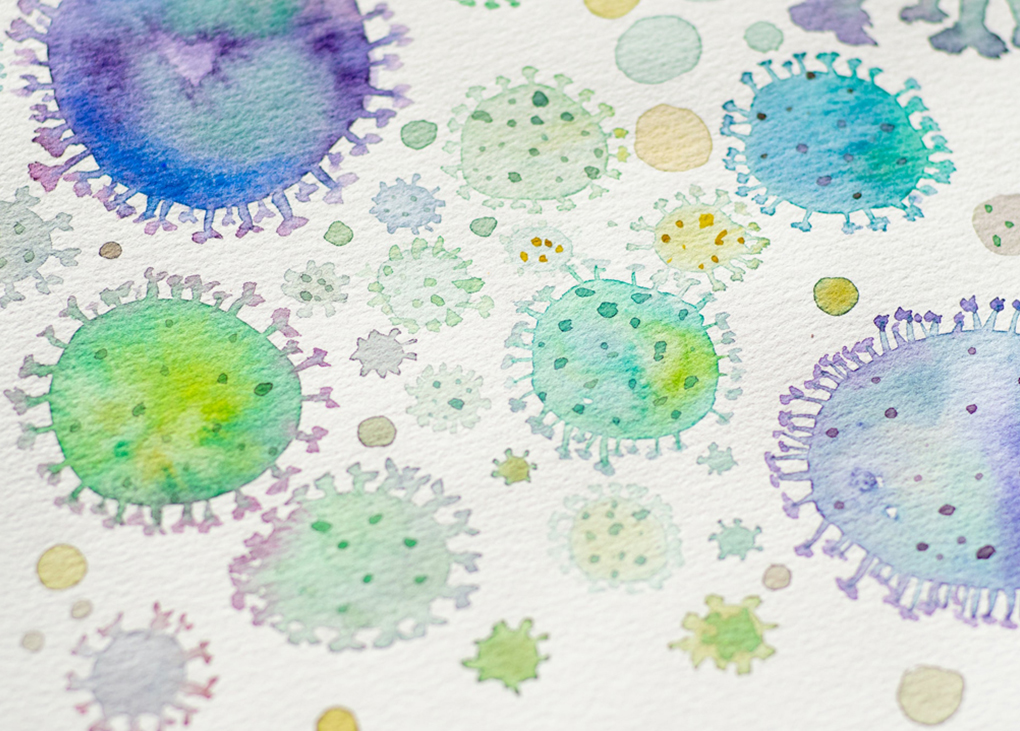More than 200 scientists from over 30 countries have signed an open letter urging the World Health Organization (WHO) to take the role of airborne spread of COVID-19 more seriously.
Published in the Clinical Infectious Diseases journal, the letter titled “It is Time to Address Airborne Transmission of COVID-19” challenges the view held by the WHO that COVID-19 is spread predominantly through large respiratory droplets.
The scientists are appealing to the medical community and public health organisations such as the WHO to address the research on the dangers of microdroplets. These are tiny respiratory particles (of 5 microns or less in diameter) that can linger in the air for long periods and be transmittable over distances greater than one metre.
Authored by air quality and health expert Lidia Morawska from the Queensland University of Technology, and Professor of Environmental Health at the University of Maryland, Donald K Milton, the letter cites studies by the signatories and other scientists – including retrospective studies conducted after the SARS-CoV-1 epidemic and analysis of SARS-CoV-2 (COVID-19).
One study highlighted in the letter is based on the review of video records from a restaurant in Guangzhou, China, where 10 people from three different families became infected with COVID-19, although there was no observed evidence of any direct or indirect contact between the three parties.
The study of the restaurant showed how the transmission occurred through the air in a crowded and poorly ventilated space, says Professor Morawska.
The researchers found that the three families’ tables were in the direct line of one air conditioning unit, within the space of what they termed a “recirculation envelope”. Observing how some of the infected customers were sitting as far as 4.6m apart, the study concluded that aerosol transmission played a role in the outbreak.
The study also noted that the other tables were being serviced by four other air conditioning units and that none of the waiters or other customers were infected.
“Many studies conducted on the spread of other viruses, including respiratory syncytial virus (RSV), Middle East Respiratory Syndrome coronavirus (MERS-CoV), and influenza, show that viable airborne viruses can be exhaled and/or detected in the indoor environment of infected patients,” the letter states.
“This poses the risk that people sharing such environments can potentially inhale these viruses, resulting in infection and disease. There is every reason to expect that SARS-CoV-2 behaves similarly, and that transmission via airborne microdroplets is an important pathway.”
The letter advocates taking the following measures to mitigate airborne transmission:
- Provide sufficient and effective ventilation (supply clean outdoor air, minimise recirculating air) particularly in public buildings, workplace environments, schools, hospitals, and aged care homes
- Supplement general ventilation with airborne infection controls such as local exhaust, high efficiency air filtration, and germicidal ultraviolet lights
- Avoid overcrowding, particularly in public transport and public buildings.
The letter acknowledges the guidelines for mechanical systems provided by HVAC organisations such as ASHRAE (the American Society of Heating, Ventilating, and Air-Conditioning Engineers) and REHVA (the Federation of European Heating, Ventilation and Air Conditioning Associations).
Although there isn’t a universal consensus of the airborne transmission of COVID-19, the authors say there is more than enough supporting evidence to apply the precautionary principle, pending the availability of a vaccine.
“This matter is of heightened significance now, when countries are re-opening following lockdowns – bringing people back to workplaces and students back to schools, colleges, and universities,” the letter says.
“We hope that our statement will raise awareness that airborne transmission of COVID-19 is a real risk and that control measures, as outlined above, must be added to the other precautions taken, to reduce the severity of the pandemic and save lives.”



Leave a Reply to COVID-19 likely to be airborne, claim 239 experts – AFICA Cancel reply